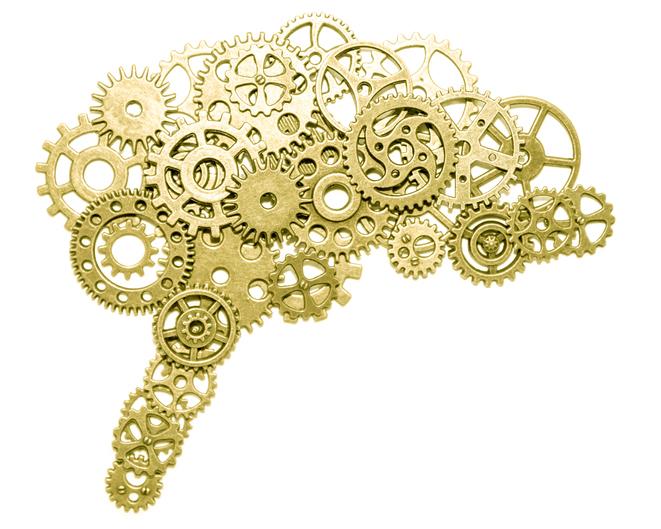
The term “High abilities” is the most common current use to call what we previously referred to when we talked about gifted.
At first, when the concept of IQ (intelligence quotient) began to be studied, giftedness was associated with very high centiles in tests that measured a very specific intelligence.
With the development of the concept of intelligence and the appearance of Gardner’s theory of Multiple Intelligences, the meaning of High Abilities seems to be more appropriate, since it encompasses not only the concept of intelligence itself but also that of aptitude, competence, skill or mastery. This means that High Abilities do not only consist of having an IQ greater than 130, but they also imply characteristics that are related in a complex way to each other
What are High Capacities?
The National Association for Gifted Children describes High Ability (hereinafter AACC) as “Those who demonstrate an outstanding level of aptitude (defined as an exceptional ability to reason and learn) or competence (documented performance or performance that places them at the 10% higher, or above, with respect to the normative group) in one or more domains. Domains include any area of activity structured with its own symbolic system (Mathematics, Music, Language…) or its own set of sensory skills -motor skills (Painting, Dance, Sports…)”.
But there are differences in the way in which people with High Abilities learn and reason, and if you think about what emotional management has a very important part of learning and reasoning it would not be strange to wonder if there are differences in how they feel or what they feel.
And it seems that there are some characteristics that appear in people with AACC. Various studies show how highly intelligent people have higher scores on Emotional Intelligence scales. Let’s look at some points that can help us understand why.
The link between AACC and emotions
One of these characteristics is the high sensitivity that these people present They seem to perceive it, feel it and rationalize everything. They tend to perceive with greater intensity in whatever sensory pathway is used, thus appearing aversion to noise or crowds, to very penetrating flavors, to the touch of a label, etc. But they also feel with equal intensity sensations that are pleasant to them, such as the smell of a freshly baked bun or the contact with a very soft blanket.
Sometimes, these people are labeled as dramatic or exaggerated, thus favoring the appearance of frustration, discomfort or the feeling that no one understands them, but it is not so much a dramatization as an expression of their real experience.
The ease of interpreting the intentions of others also appears in them, with great weight of empathy and a sense of justice. And AACC people seem to feel what the other person feels and not only understand what happens to them; They have a high sense of justice, feeling moved to act, having serious difficulties in letting them be ignored.
AACC people want to understand everything that happens, analyze everything; From their perspective almost anything they do, see, hear or practice is tinged with emotion. So that, The integration of emotion into the understanding of facts is important to be able to give an overview of what is being analyzed.
This need for understanding often leads them to feel overwhelmed on an emotional level since, when this situation occurs, they do not have the necessary tools to manage such intense emotions. So they usually take their own emotional management mechanisms.
Many children with High Abilities present this overflow in what Terrasier (1994) called dyssynchronies. This phenomenon appears in them when parallel cognitive and emotional development does not appear They can think about many things but not assimilate them on an emotional level because the development of emotion is not at that point yet. These phenomena are also frequent on a social level when the child sees that her interests, motivations or games are not the same as those of other children her age.
Not feeling, rationalizing emotion or using exaggerated irony are usually mechanisms that AACC people use to confront these dissynchronies that arise.
To end, The importance of early detection of AACC must be highlighted both in the family and school context to be able to adjust the aid that is presented to them, and thus promote full cognitive, emotional and social development.







